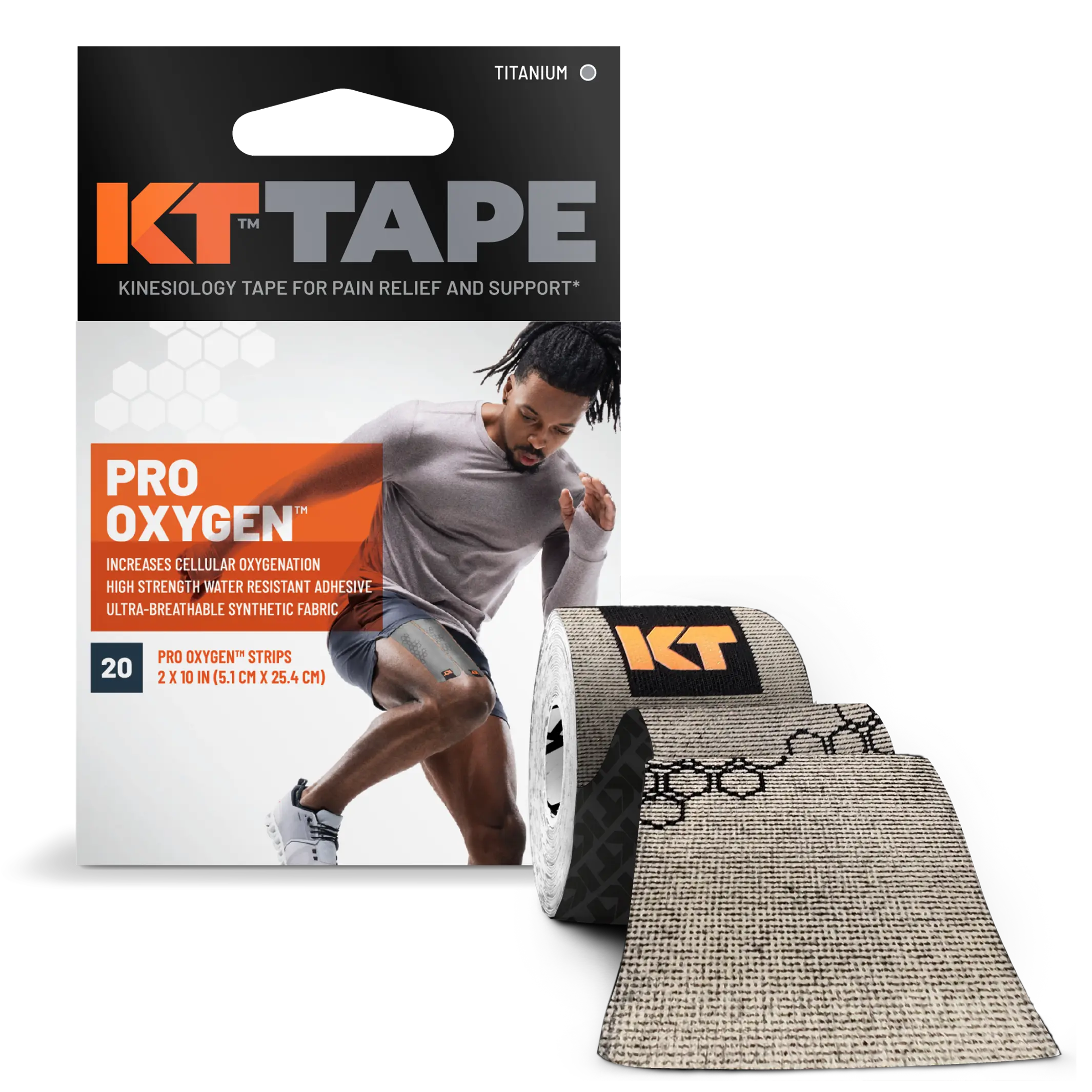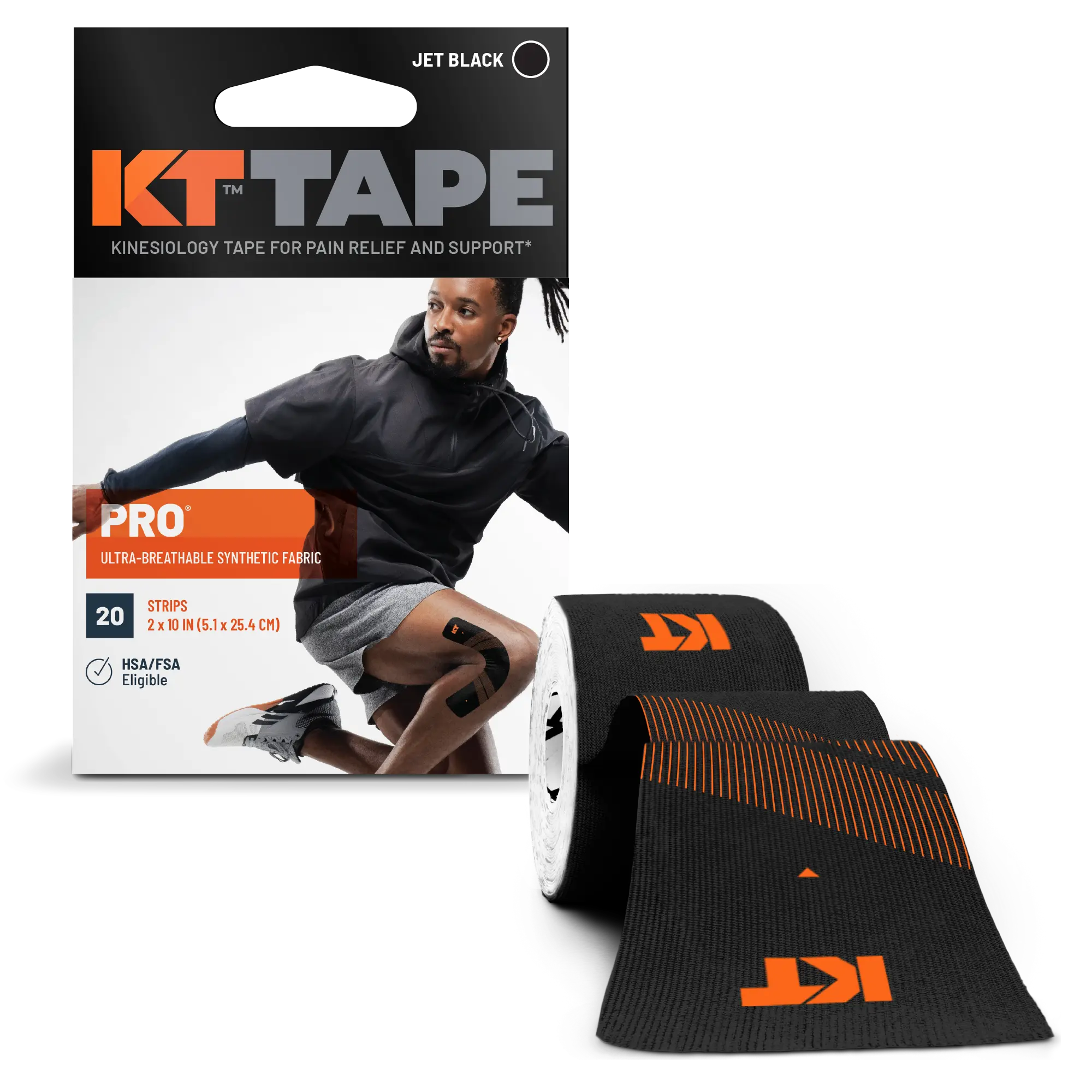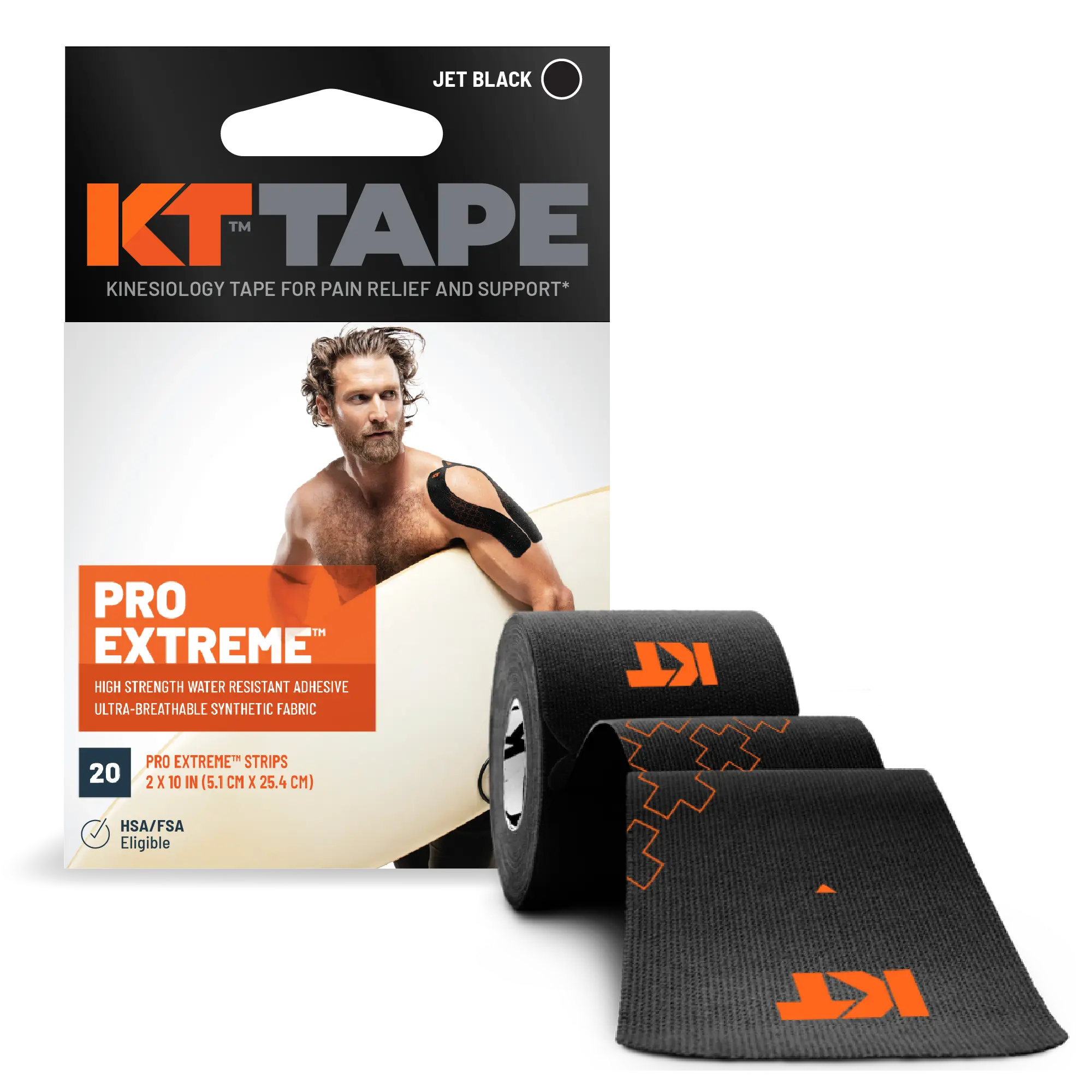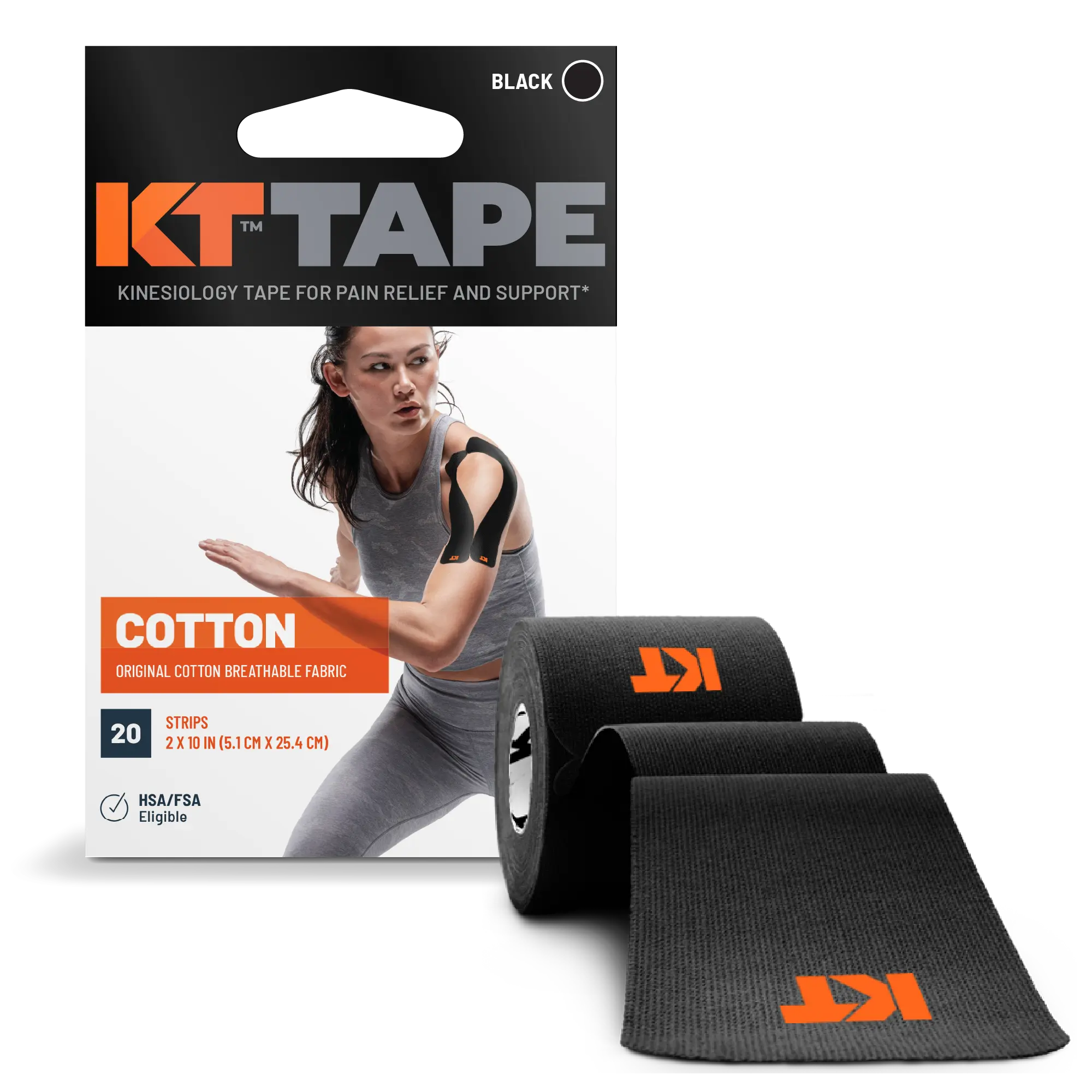- How to Apply KT Tape
- Legs
- Posterior Shin Splints
Posterior Shin Splints
Watch this video to learn important basics for successful tape application.
The shin is the common name for the front of the lower leg bone (tibia) and its associated muscles and tendons. While muscles on the front of the leg (primarily the anterior tibialis) serve to point the toes and foot upwards (dorsiflexion), the tibialis posterior serves to point the toes and foot downwards (plantarflexion).
Anterior shin splints exist on the front of the lower leg and involve the tibialas anterior, while posterior shin splints present pain along the inside edge of the lower leg in the tibialis posterior tendon. As we walk or run, the tibialis anterior slows and steadies the motion of the foot as it hits the ground and lifts the foot during the swing phase of gait to prevent the toes from dragging the ground and prepare the foot for heel strike. Problems in this cycle often result in anterior shin splints, also known as medial tibial stress syndrome (MTSS), and are the most common cause of anterior shin pain.
The causes of shin splints can be many and multifaceted. Overuse in activities like running, jogging, or cycling can result in various types of inflammation. New activities, changing running surfaces or frequent activity on hard surfaces, wearing poorly fit or worn shoes, a drastic increase in activity, or running on uneven surfaces can also make an individual more susceptible to the development of shin splints. Along with overactive calf muscles, over-striding is often a component of the biomechanical problem underlying the root cause. As explained above, the tibialis anterior is very important during gait. The tibialis anterior muscle and tendon lengthen past their “normal” range when one over-strides. To compensate and find new room for movement, the muscle will separate from the tibia (shinbone) and result in inflammation and pain.
Initially, the pain may be very similar to other kinds of tendonitis in that it will start off sharp and then decrease as the body “warms up”. The pain then generally returns upon the end of activity. In more serious cases, or in untreated long-time sufferers, the pain can become severe and progress into stress fractures. Symptoms usually occur on the front edge of the shinbone and can be recreated when bending the foot upwards or when pressed.
KT Tape can help improve proprioceptive awareness and help quell inflammation*. Use KT Tape in conjunction with rest to promote the healing process and see reduced recovery times. Make certain to ice after activity as well as take NSAIDs for pain relief. As the condition worsens the pain is constant and could result in stress fractures if not managed properly. Use the following additional conservative therapies to help speed the recovery process*:
- Adjust to the proper footwear for foot type
- Run on softer surfaces
- Correct form
- Stretch sufficiently prior to activity
- Massage
- Decrease stride length
- Avoid running on hills, especially downhill
- Use the KT Tape arch support application
- Thorough calf stretching
- Mix up cardio workouts
- Cross-train
- How to Tape for IT Band (Hip) Pain
- How to Tape for Shin Splints Pain
- How to Tape for Calf Pain
- How to Tape for Quads Pain
- How to Tape for Hamstring Pain
- How to Tape for Groin Pain
- How to Tape for Hip Flexor Pain
- How to Tape for Glutes Pain
For additional resources, please visit the KT Tape Forum.
*NOT CLINICALLY PROVEN FOR ALL INJURIES









